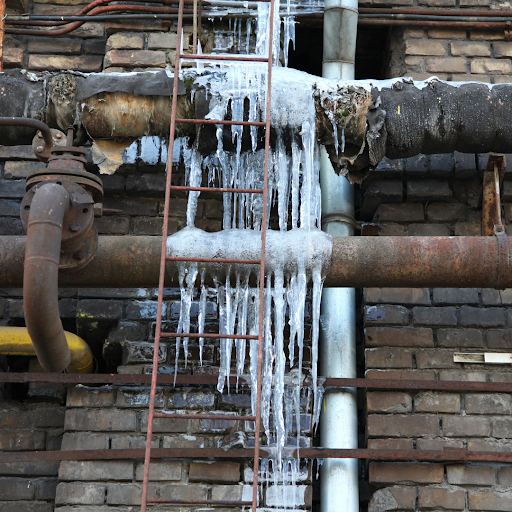Have you been trying to locate additional info about How to Prevent Your Pipes From Freezing?

Cold weather can damage your plumbing, especially by freezing pipes. Below's just how to stop it from occurring and what to do if it does.
Intro
As temperatures decline, the risk of icy pipelines increases, possibly bring about expensive repairs and water damages. Understanding how to avoid icy pipelines is critical for home owners in chilly climates.
Avoidance Tips
Shielding prone pipelines
Wrap pipelines in insulation sleeves or use warmth tape to protect them from freezing temperature levels. Focus on pipes in unheated or exterior locations of the home.
Heating techniques
Keep interior rooms adequately heated, especially locations with pipes. Open up closet doors to allow warm air to circulate around pipelines under sinks.
How to identify frozen pipelines
Search for decreased water circulation from faucets, unusual smells or noises from pipelines, and noticeable frost on exposed pipelines.
Long-Term Solutions
Architectural modifications
Take into consideration rerouting pipes far from exterior walls or unheated locations. Add extra insulation to attic rooms, basements, and crawl spaces.
Updating insulation
Invest in high-grade insulation for pipes, attic rooms, and walls. Appropriate insulation aids preserve constant temperature levels and lowers the threat of icy pipelines.
Protecting Outdoor Pipes
Yard tubes and outdoor faucets
Separate and drain pipes yard hoses prior to winter months. Set up frost-proof spigots or cover exterior faucets with protected caps.
Comprehending Icy Pipelines
What creates pipelines to ice up?
Pipelines freeze when subjected to temperature levels listed below 32 ° F (0 ° C) for expanded durations. As water inside the pipes freezes, it increases, taxing the pipeline wall surfaces and possibly causing them to burst.
Dangers and problems
Frozen pipes can bring about water disruptions, residential or commercial property damages, and pricey repairs. Burst pipes can flood homes and create comprehensive structural damages.
Signs of Frozen Water Lines
Identifying frozen pipelines early can stop them from bursting.
What to Do If Your Pipes Freeze
Immediate activities to take
If you presume icy pipelines, keep taps open to soothe stress as the ice thaws. Use a hairdryer or towels taken in warm water to thaw pipes gradually.
Verdict
Stopping frozen pipes requires proactive steps and fast actions. By comprehending the causes, indicators, and safety nets, house owners can shield their pipes during winter.
5 Ways to Prevent Frozen Pipes
Drain Outdoor Faucets and Disconnect Hoses
First, close the shut-off valve that controls the flow of water in the pipe to your outdoor faucet. Then, head outside to disconnect and drain your hose and open the outdoor faucet to allow the water to completely drain out of the line. Turn off the faucet when done. Finally, head back to the shut-off valve and drain the remaining water inside the pipe into a bucket or container. Additionally, if you have a home irrigation system, you should consider hiring an expert to clear the system of water each year.
Insulate Pipes
One of the best and most cost-effective methods for preventing frozen water pipes is to wrap your pipes with insulation. This is especially important for areas in your home that aren’t exposed to heat, such as an attic. We suggest using foam sleeves, which can typically be found at your local hardware store.
Keep Heat Running at 65
Your pipes are located inside your walls, and the temperature there is much colder than the rest of the house. To prevent your pipes from freezing, The Insurance Information Institute suggests that you keep your home heated to at least 65 degrees, even when traveling. You may want to invest in smart devices that can keep an eye on the temperature in your home while you’re away.
Leave Water Dripping
Moving water — even a small trickle — can prevent ice from forming inside your pipes. When freezing temps are imminent, start a drip of water from all faucets that serve exposed pipes. Leaving a few faucets running will also help relieve pressure inside the pipes and help prevent a rupture if the water inside freezes.
Open Cupboard Doors
Warm your kitchen and bathroom pipes by opening cupboards and vanities. You should also leave your interior doors ajar to help warm air circulate evenly throughout your home.

Do you really like reading about How to Prevent Your Pipes From Freezing? Give feedback directly below. We would be glad to see your feelings about this page. We hope to see you back again before long. So long as you enjoyed reading our blog post if you please don't forget to share it. Thanks for your time spent reading it.
Call Today